In an increasingly digital world where eyes stay glued to screens and neighbors remain strangers, some places still maintain that heartwarming tradition of acknowledging passersby. These communities preserve a simple gesture that bridges cultural divides and creates immediate connections between residents and visitors alike.
Here is a list of 17 remarkable towns across the globe where the tradition of friendly waves remains firmly embedded in daily life—places where raising your hand in greeting isn’t considered old-fashioned but rather an essential part of local identity.
Fuling, China
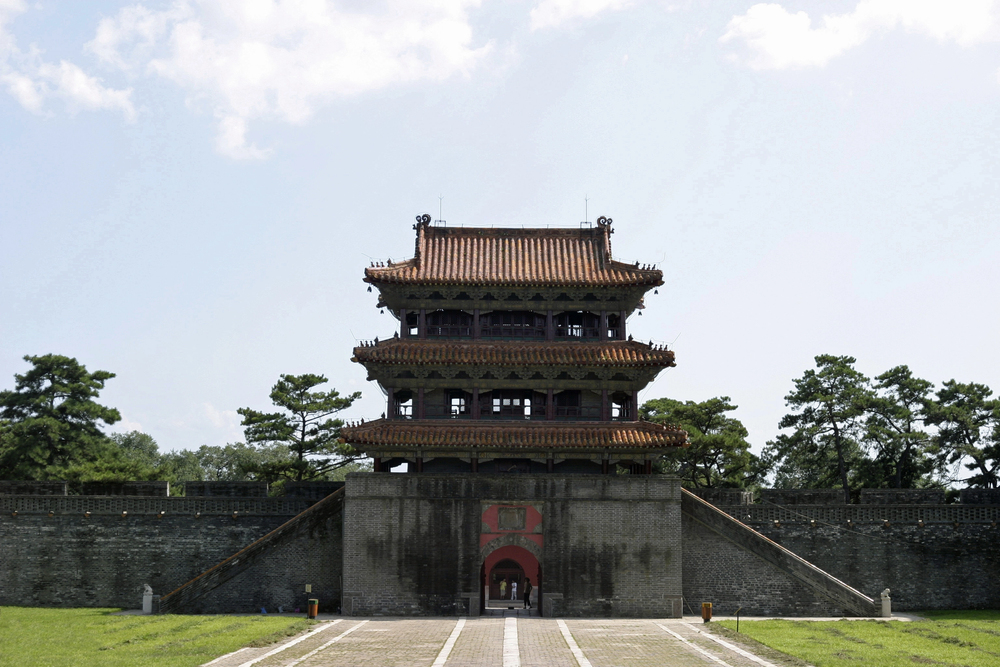
Nestled along the Yangtze River, this modest Chinese town maintains a waving tradition that dates back generations. Locals call it the “hello hand” — a practice particularly common among elderly residents who gather in riverfront parks each morning. The custom evolved from boat workers who historically signaled to each other across the water, gradually transforming into a general greeting for anyone passing by. Visitors often express surprise at being welcomed so warmly in a region not typically associated with outward displays of friendliness toward strangers.
Húsavík, Iceland
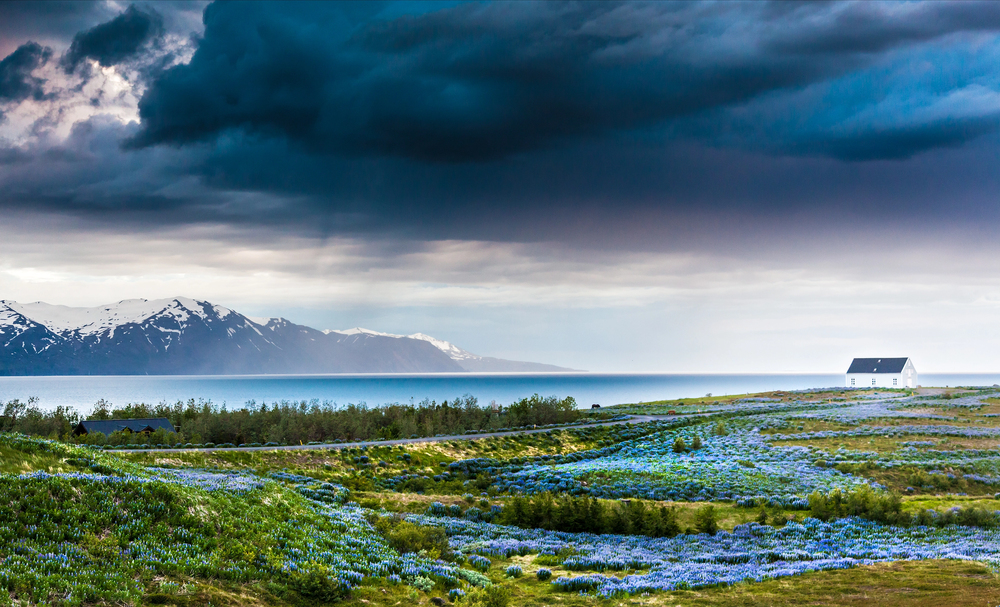
This northern Icelandic fishing community might appear reserved at first glance, yet nearly everyone acknowledges passing cars with a distinct finger-lift from the steering wheel. The gesture happens so consistently that newcomers quickly adopt it within days of arrival. During summer months, when daylight stretches around the clock, the waving continues virtually non-stop as locals navigate coastal roads between midnight fishing expeditions and early morning activities. The practice serves as a practical necessity in such a remote location where recognizing fellow travelers can be vital to community safety.
Like Travel Pug’s content? Follow us on MSN.
Rocheport, Missouri
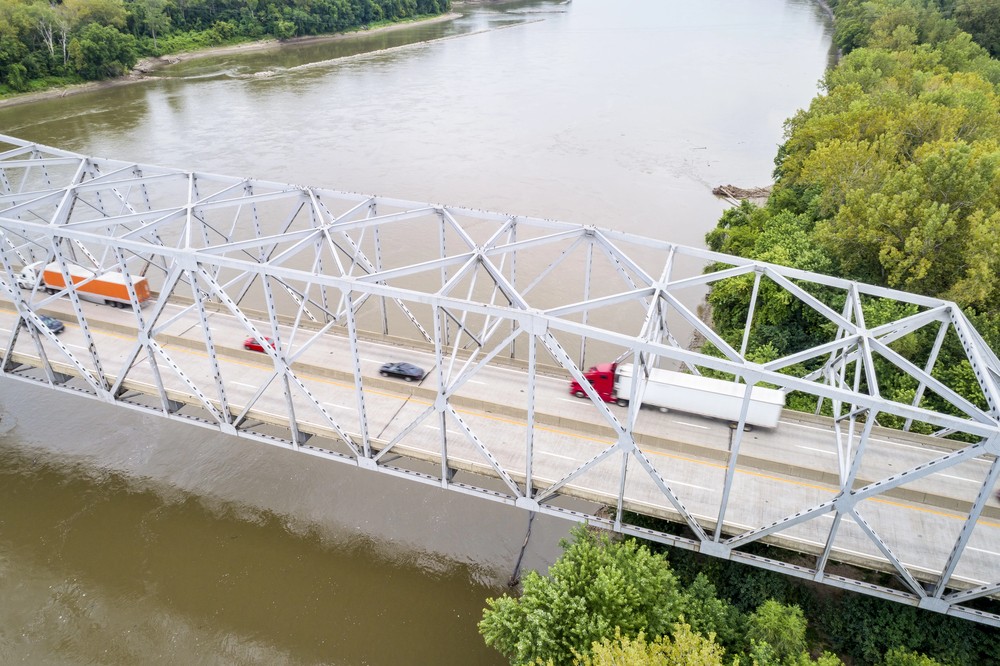
Along the Missouri River sits this tiny town of barely 250 residents, where avoiding the wave simply isn’t an option. The local greeting involves a full hand raise — none of those subtle nods that pass for acknowledgment in larger communities. Children learn the tradition before they can speak properly, creating a multi-generational commitment to friendliness. Town meetings occasionally include good-natured complaints about visitors who fail to return waves, though most tourists quickly adapt to the local custom within hours of arriving.
Clarksdale, Mississippi
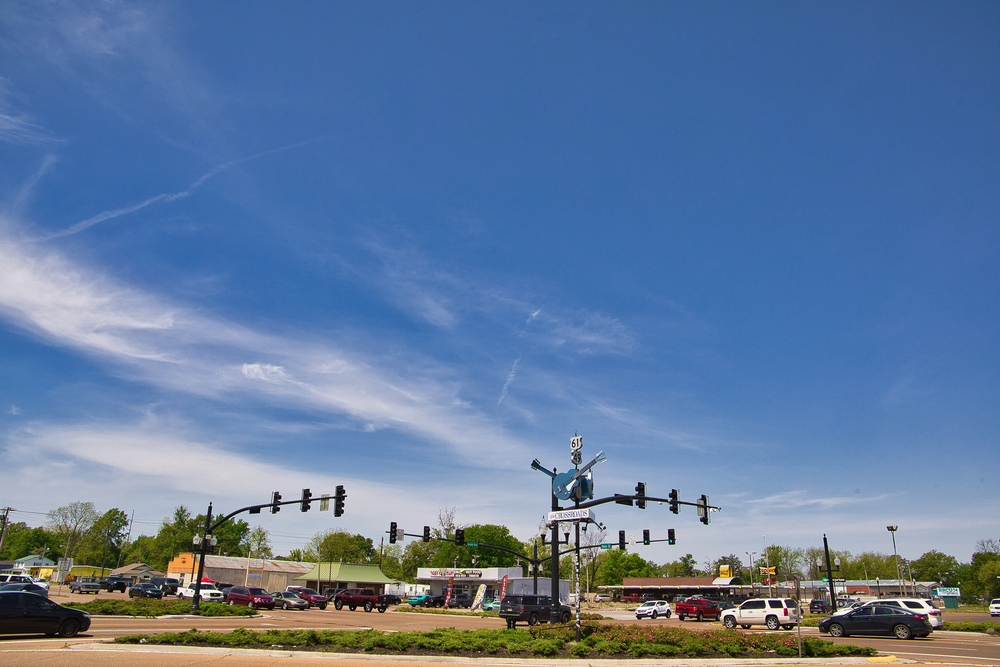
Deep in Mississippi Delta country, Clarksdale residents have elevated the casual wave to an art form with variations that communicate different messages. The slow, deliberate palm-out wave typically comes from elders sitting on porches during humid afternoons. Meanwhile, younger residents offer quick finger waves from car windows while cruising down streets lined with blues history. During the town’s frequent music festivals, the waving intensifies as locals ensure visitors feel that distinctive Southern hospitality from the moment they arrive.
Dunmore East, Ireland
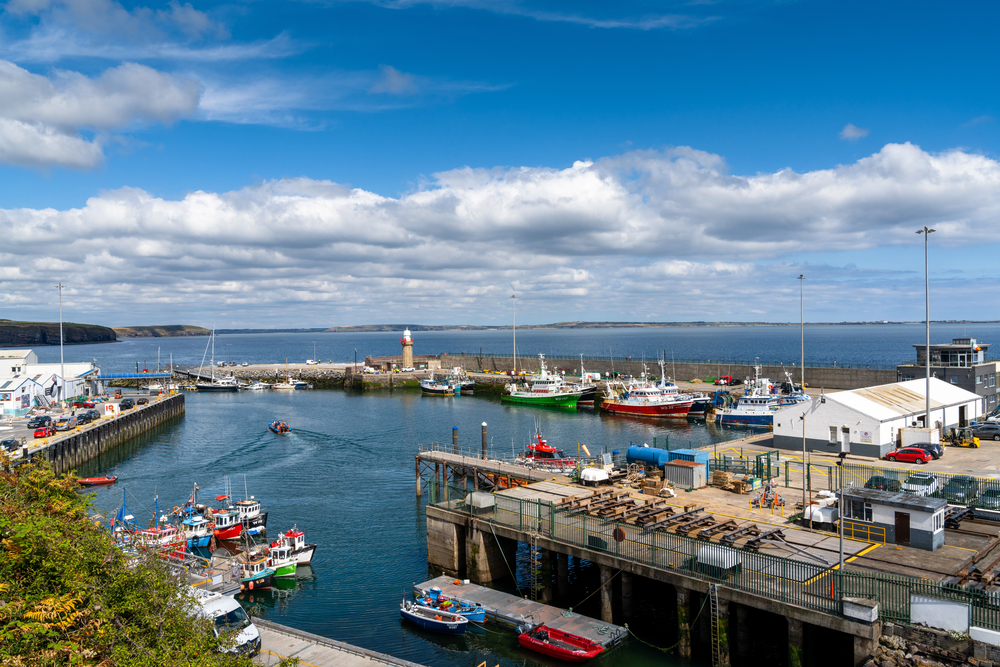
This Irish fishing village takes waving seriously enough that residents jokingly claim they can identify outsiders by their hesitant greetings. The traditional Dunmore wave involves raising the first two fingers from the steering wheel when passing another vehicle – a gesture thought to have originated from farmers acknowledging each other across fields. During stormy winter months, when tourism slows to a trickle, the waves become even more enthusiastic among year-round residents who understand the importance of connection during isolation.
Like Travel Pug’s content? Follow us on MSN.
Ōfunato, Japan
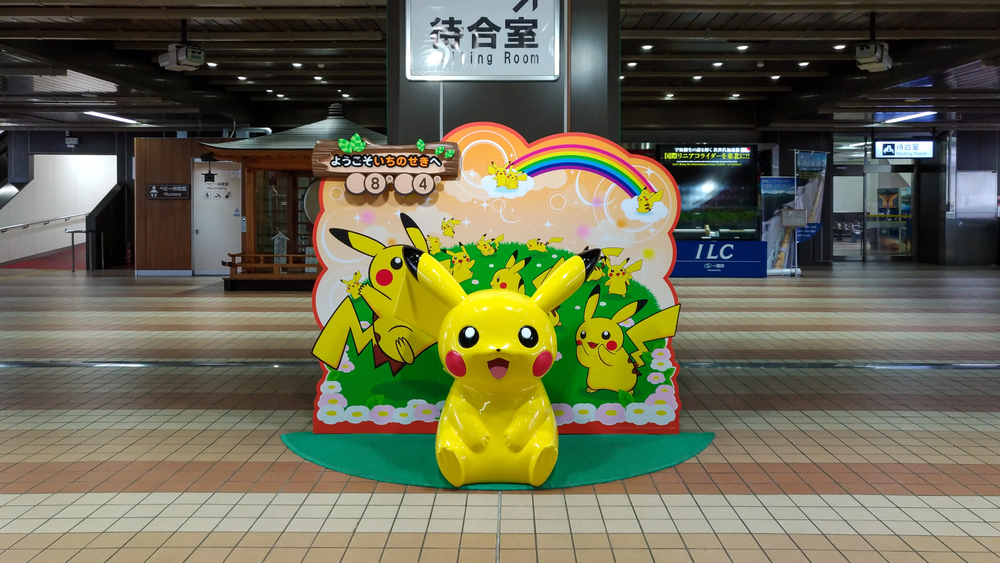
Following the devastating 2011 tsunami, this rebuilding coastal community embraced public greetings as part of its recovery process. While Japan isn’t traditionally known for waving to strangers, Ōfunato residents consciously adopted the practice to strengthen community bonds during reconstruction. The wave here often accompanies a slight bow – a beautiful cultural fusion that acknowledges both global friendliness and Japanese respect for traditions. Visitors consistently report feeling immediately welcomed despite language barriers that might otherwise hinder interaction.
Waitomo, New Zealand
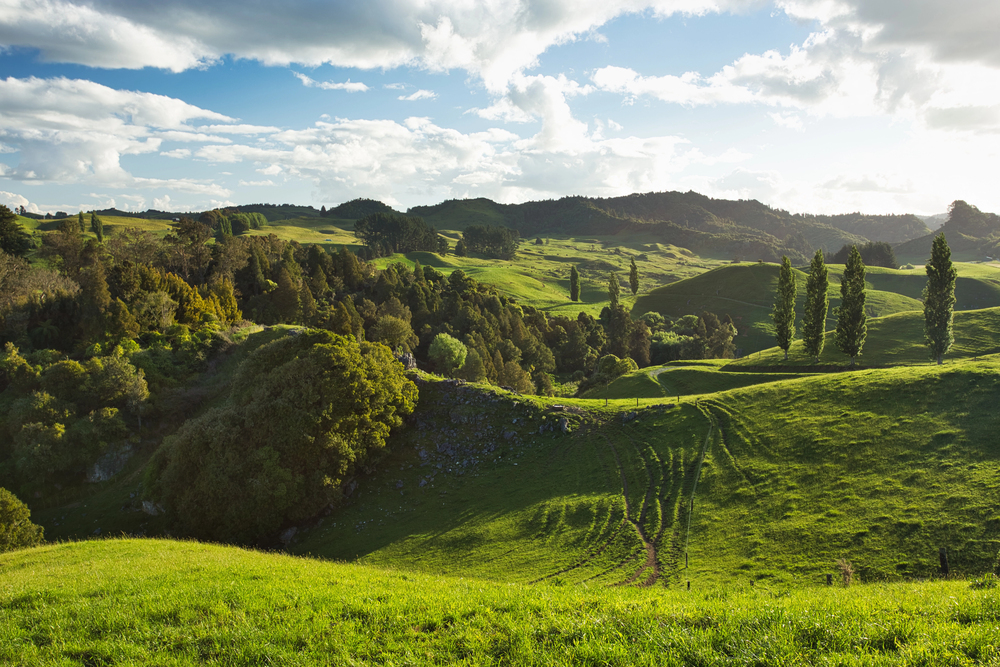
In this rural New Zealand community famous for its glowworm caves, locals developed a distinctive “finger flick” wave that happens without removing hands from the steering wheel. The gesture occurs with such regularity along country roads that missing one might prompt concerns about someone’s well-being. During sheep moving operations that occasionally block roads, the waves transform into more elaborate greetings as drivers patiently wait for livestock to clear – creating impromptu social moments between complete strangers.
Dharamshala, India
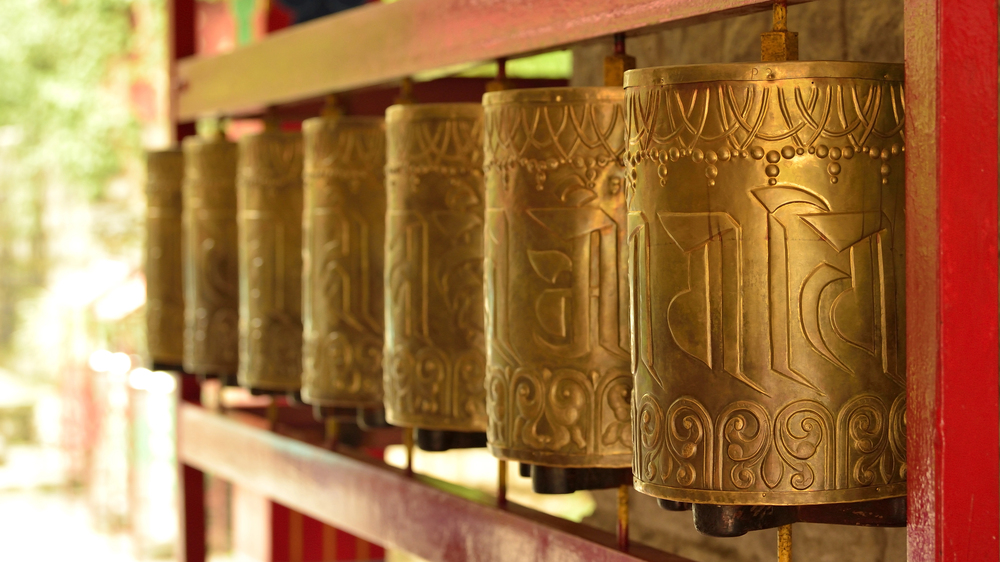
Home to the Tibetan government-in-exile, this mountain town blends Indian and Tibetan customs, including widespread greeting practices. The wave here typically comes with direct eye contact and a gentle smile, reflecting Buddhist principles of acknowledging the humanity in each person. Even during monsoon season, when residents rush through downpours, they’ll pause briefly to offer that characteristic hand raise to others braving the elements. The practice extends beyond locals to include monks and international visitors who quickly adopt the custom.
Like Travel Pug’s content? Follow us on MSN.
Todos Santos, Mexico

This Baja California arts community maintains the “todos santos salute” – typically a raised hand from drivers navigating the town’s narrow streets. The practice began decades ago when the village had just one main road, and everyone literally knew each other. Despite growing tourism, residents steadfastly maintain the tradition and gently educate visitors about participating. During local festivals, the waving reaches peak frequency as residents celebrate their community’s continued commitment to personal connection despite modernization.
Hamnøy, Norway
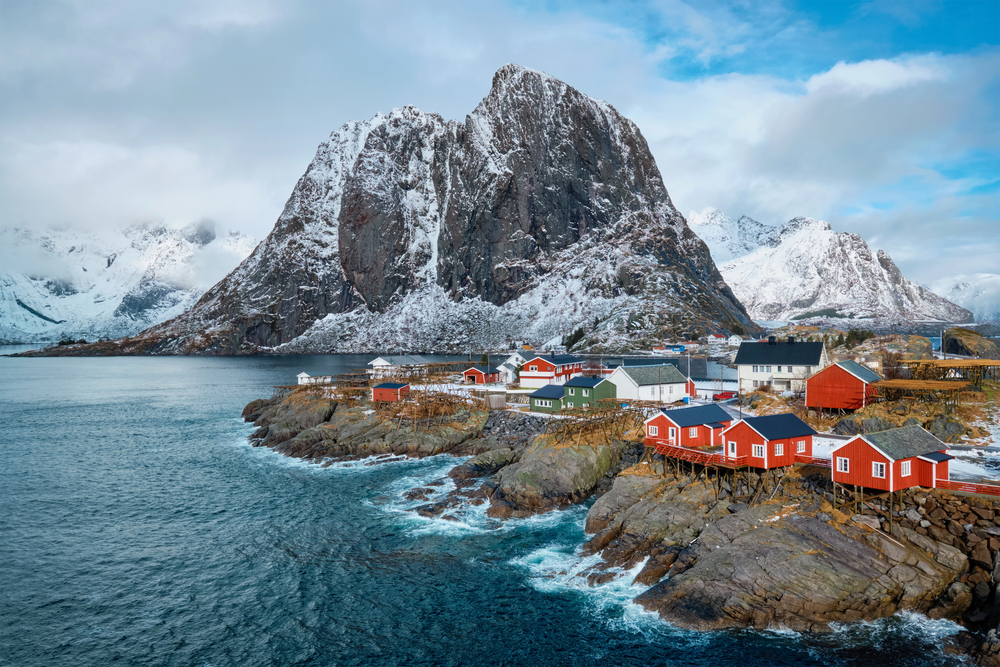
In this remote fishing village within the Arctic Circle, waving serves a practical purpose during winter months when darkness prevails nearly around the clock. Residents use the gesture to confirm recognition when faces remain partially hidden beneath heavy weather gear. The wave here often includes a distinctive circular motion, thought to have originated from fishermen signaling across harbors. During the midnight sun season, the greeting continues through “nights” when residents might be active at hours that would be considered unusual elsewhere.
Byron Bay, Australia
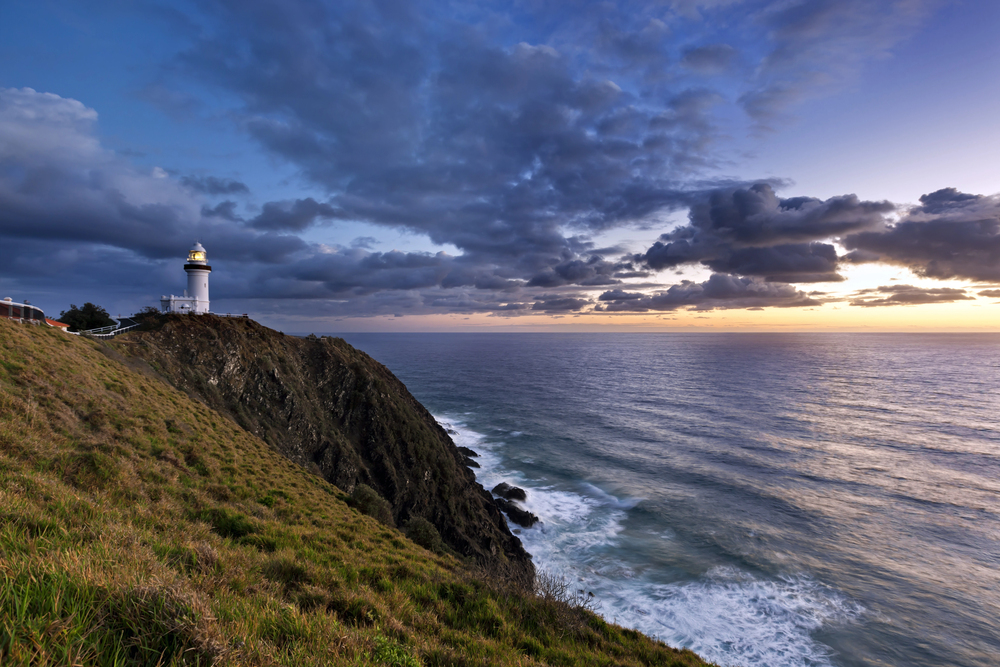
Despite transforming from a quiet surfing town to a popular tourist destination, Byron Bay locals fiercely maintain their tradition of acknowledging fellow pedestrians and drivers. The wave typically features a relaxed, open-palm gesture that perfectly captures the town’s laid-back atmosphere. During morning hours, when surfers head to beaches and commuters begin their days, the frequency of waves reaches its peak along lighthouse roads and coastal paths. Even celebrities who frequent the area often comment on how this simple tradition makes them feel immediately part of the community.
Like Travel Pug’s content? Follow us on MSN.
Torshavn, Faroe Islands
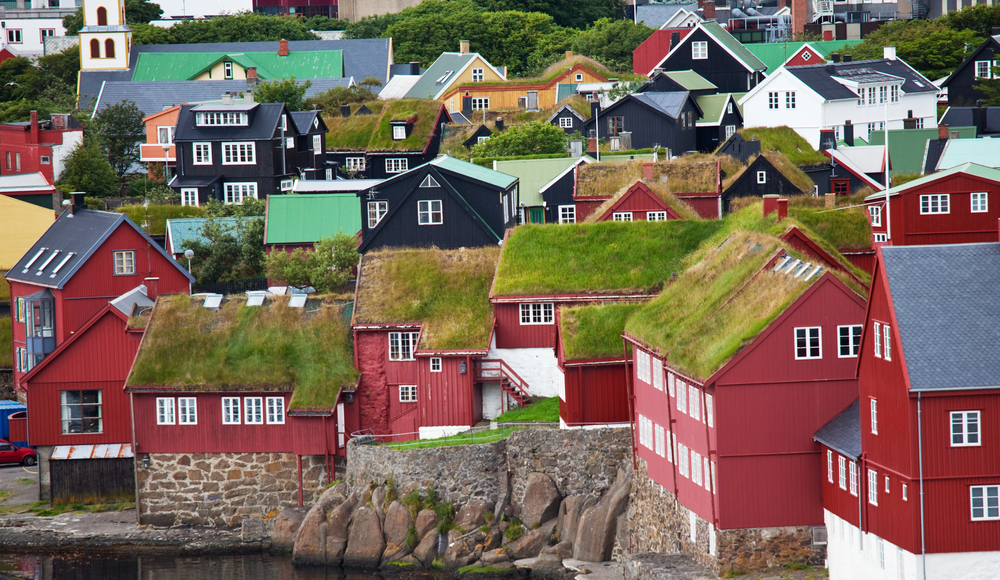
The capital of this Danish autonomous territory might be small by global standards, but its waving culture remains remarkably robust. Residents commonly acknowledge each other even during fierce North Atlantic storms that regularly batter the archipelago. The practice possibly evolved from maritime traditions when identifying approaching vessels quickly was essential for harbor communities. Visitors often note how the gesture continues regardless of weather conditions that might discourage outdoor interaction elsewhere.
Puerto Williams, Chile
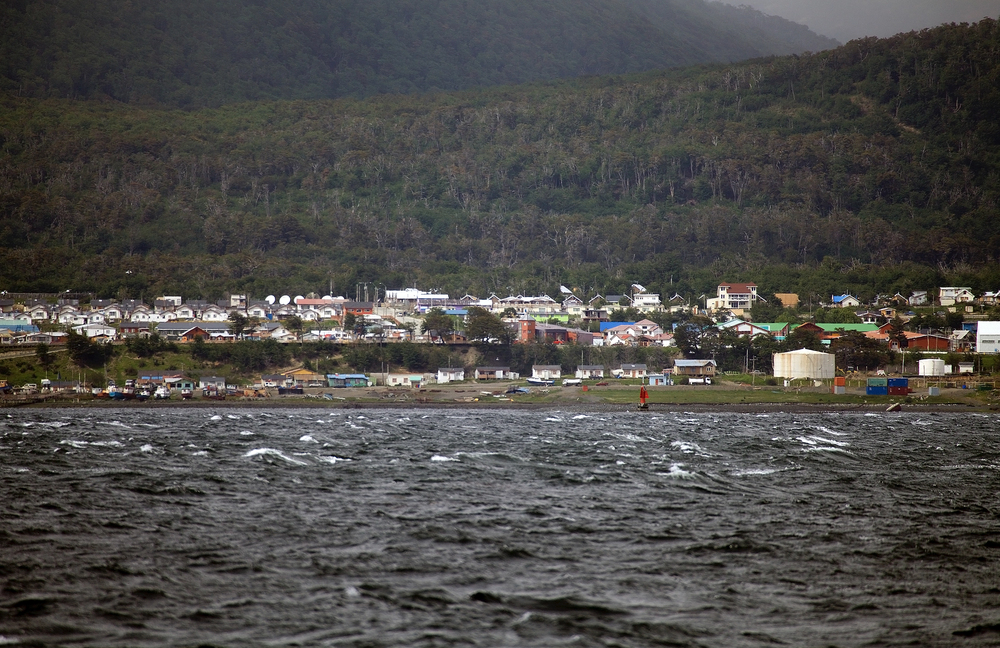
As one of the world’s southernmost permanent settlements, this Chilean naval outpost maintains friendly greetings as a matter of survival in an isolated environment. The wave here serves as both acknowledgment and verification that all remains well in challenging conditions. Community members check on each other through window waves during winter blizzards that can sometimes confine residents indoors for days. During summer months, when research vessels arrive, the waving extends to welcoming scientific teams who appreciate this warm greeting at the edge of Antarctica.
Petit Martinique, Grenada
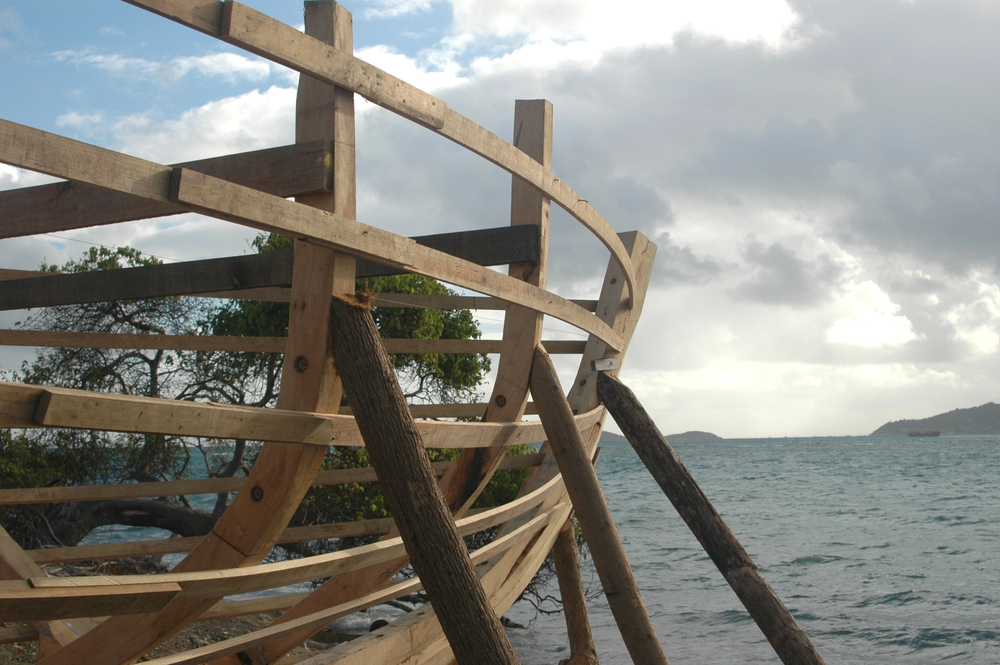
On this tiny Caribbean island with fewer than 1,000 residents, failing to wave might actually prompt community concern about your well-being. The greeting here typically includes a slight nod alongside an unhurried raising of the hand, perfectly matching the island’s relaxed pace of life. Fishermen returning with their daily catch receive particularly enthusiastic acknowledgments from shoreline observers who track boat movements as a community activity. Even during tropical downpours, residents pause under shelter to ensure approaching neighbors receive proper recognition.
Like Travel Pug’s content? Follow us on MSN.
Makkovik, Canada
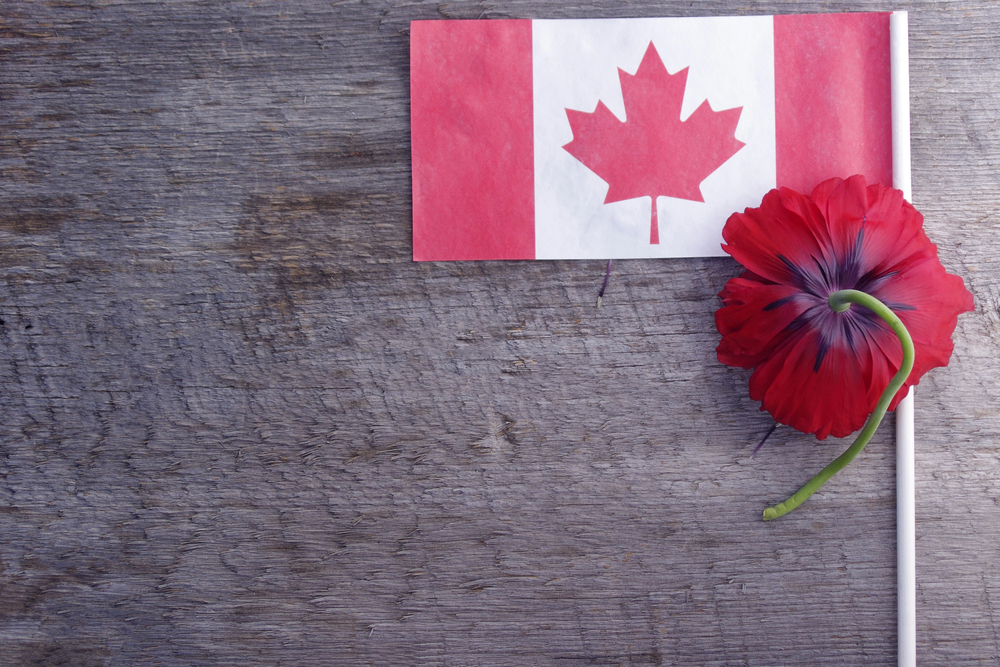
This Inuit community along Labrador’s isolated coast waves not just as a greeting but as practical communication across vast distances. The gesture often happens between snowmobiles traversing frozen landscapes where facial recognition might be impossible due to protective gear. During brief summer months, the waving intensifies as residents maximize outdoor social interactions before winter returns. Visitors consistently report that despite challenging weather conditions, the community’s warmth comes through clearly in these simple hand gestures.
Matamata, New Zealand
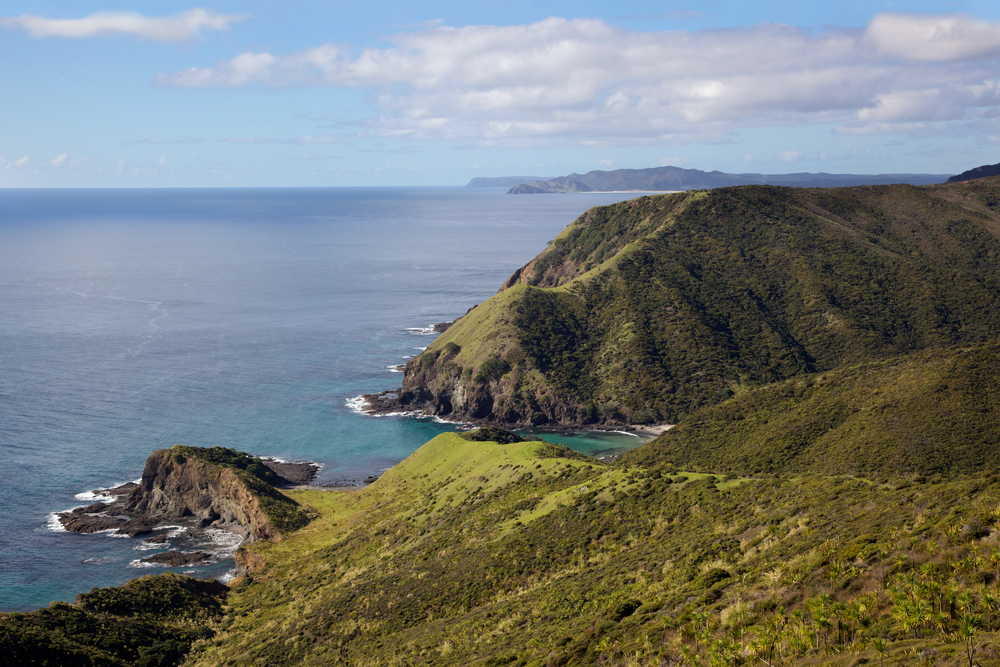
While internationally known as the filming location for Hobbiton, locals maintained their waving tradition long before Hollywood arrived. The characteristic greeting involves a subtle finger raised from the steering wheel that happens with such consistency that residents notice immediately when someone fails to participate. Farm workers on tractors elevate the gesture with enthusiastic arm movements visible across sprawling sheep pastures. During high tourist seasons, residents sometimes joke about their arm muscles strengthening from increased waving duties.
Llanfairpwllgwyngyll, Wales

Beyond having one of the world’s longest place names, this Welsh village maintains a greeting tradition that connects generations. The wave here typically includes a brief pause in movement, acknowledging not just the person but taking a moment for genuine connection. During winter months, when daylight hours shorten dramatically, the greeting becomes even more important as a way of confirming community presence during limited outdoor interactions. Visitors attempting to pronounce the town’s full 58-letter name are often rewarded with particularly enthusiastic waves from amused residents.
Like Travel Pug’s content? Follow us on MSN.
Bringing Back Connection
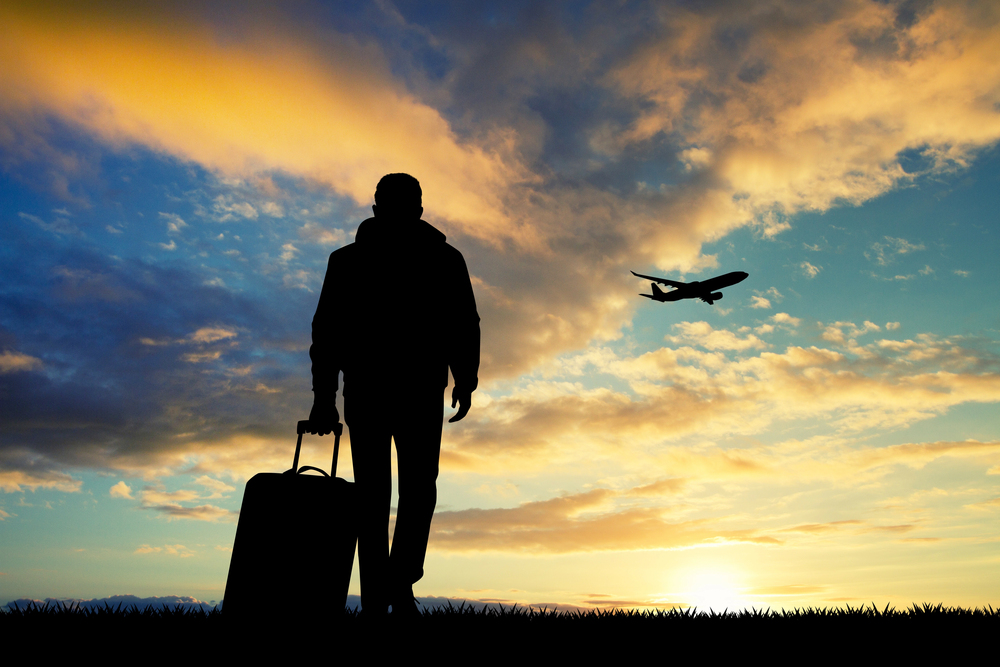
These communities demonstrate how a simple gesture creates immediate bonds between strangers and strengthens existing relationships among neighbors. While technology continues changing how people interact globally, these towns remind us that human connection often works best through the simplest means available — a raised hand, eye contact, and the universal language of acknowledging another’s presence in our shared world.
More from Travel Pug

- Cities Growing so Fast You Won’t Recognize Them in 10 Years
- 13 Destinations Where Tourists Regularly Regret Their Trip
- 16 U.S. Cities That Are Quietly Becoming Travel Hotspots
- Where to Travel If You Love Long Bus Rides and Daydreams
- 20 Cities Perfect for Solo Travelers Who Crave Adventure & Culture
Like Travel Pug’s content? Follow us on MSN.
